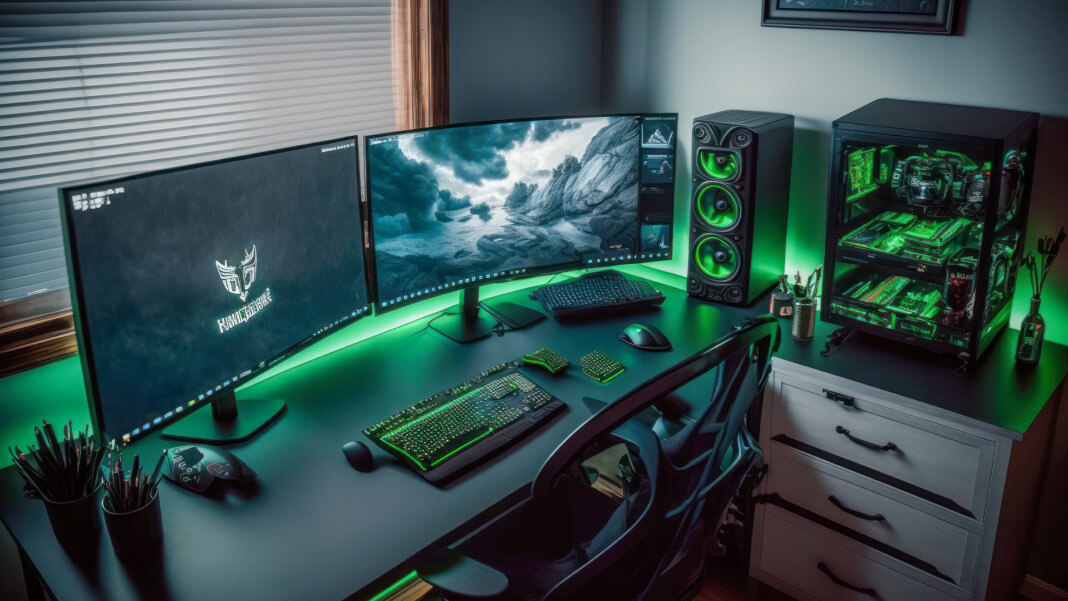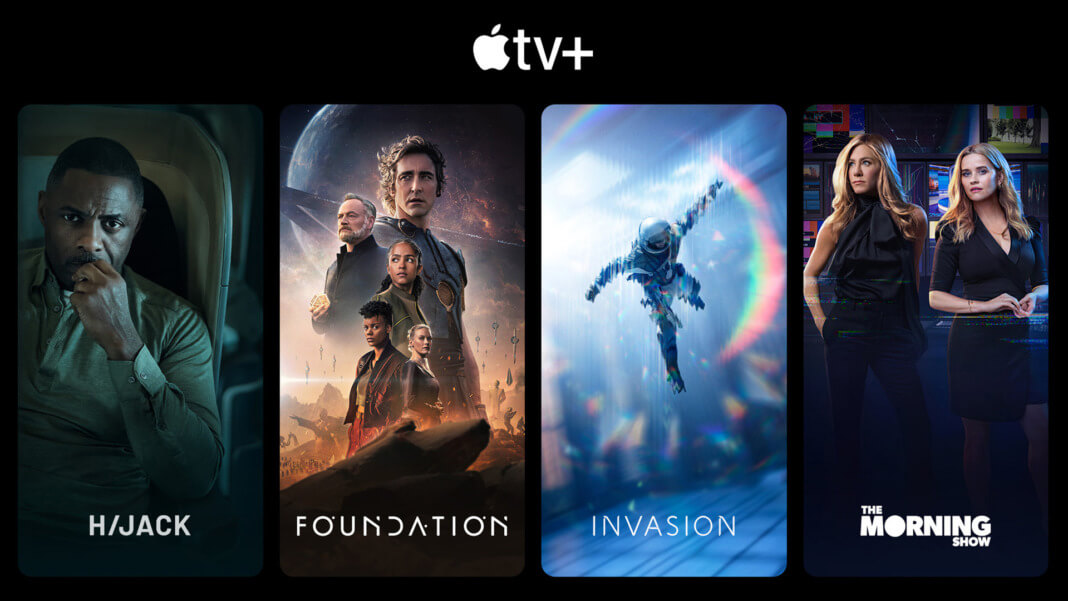Navigating the sprawling world of technology is akin to charting a course through an intricate maze in perpetual transformation. Each corridor introduces new technological wonders, dazzling innovations that spark admiration and contemplation. When you think you’ve grasped the latest development, another beckon from the horizon, promising enhancements, refinements, and new experiences, this dynamic landscape, ever-shifting and evolving, challenges us to constantly recalibrate our choices and redefine our understanding of what’s best.
Amid this vast technological expanse, selecting the perfect monitor is an intricate puzzle. Amid the whirlwind of specifications, the term ‘refresh rate’ frequently catches the eye, often hailed as the golden standard, especially when the conversation drifts towards gaming monitors. Such consistent emphasis on it naturally incites curiosity and scepticism in equal measure. Is this much-vaunted refresh rate the definitive benchmark for excellence, or is it just another number in the tech jargon? Does scaling this metric always lead to a perceptually enhanced visual experience?
Decoding the refresh rate enigma: From basics to the bigger picture
Refresh rates, at their essence, function as the heartbeat of your monitor, setting the cadence at which visuals come alive on your screen. This dynamic denotes how frequently a display updates its imagery in a single tick of the clock, quantified in ‘hertz’ or Hz—picture, for a moment, the cinematic realm. If certain film scenes trail or lag just a tad, it’s attributed to most movies being screened at a modest 24Hz. Contrasting this with high-tech gaming monitors, which can claim refresh rates soaring up to 240Hz, offers a staggering perspective. Such elevated figures might sound enticing, but they invoke a reflective question: does the viewing enhancement resonate meaningfully with the lay observer as these digits escalate?
Leaping the conventional 60Hz display to a 100Hz variant mirrors the exhilarating shift from standard television to high-definition. This transformative step endows every motion with heightened smoothness, infuses animations with added zest, and engrosses the viewer deeper into the visual narrative. However, those contemplating further ascents, especially into realms beyond 144Hz, approaching the majestic 240Hz, should proceed with discernment. The subtlety distinguishing these higher echelons of refresh rates can be so intricate that it often escapes even the keenest observers. The elite cadre of gamers seeking minute competitive edges extracts the most advantage from these peak refresh rates.
Yet, a pivotal realisation awaits those immersed in the allure of refresh rates: the brilliance of a monitor isn’t tethered solely to its Hz count. An ensemble of elements—from the granularity of pixel resolution and the vibrancy of colour rendition to the alacrity of response times—collectively shape a viewer’s experience. This symphony of attributes, coalescing seamlessly, captures the true ethos of a monitor. Thus, while lofty refresh rate numbers might be captivating, it remains essential to gauge them in tandem with other monitor attributes, ensuring that one’s selection is comprehensive and sensible.
How does response time sways your screen’s performance?
Now, you’ve got another metric to juggle – the ‘response time’. Imagine asking someone to switch a light on and off. The time they take to act, the swift interval between your request and their action, offers a tangible analogy for your monitor’s response time. At its core, this metric gauges the duration pixels require to transition between colours, clocked in milliseconds (ms).
But here’s the crux: a sophisticated symbiosis exists between the refresh rate and response time. These two elements are interdependent; for a monitor to effectively refresh its display at a breakneck pace, its pixels must be agile enough to keep up, adjusting their hues in tandem. This dynamic is paramount in ensuring fluid on-screen motion without ghosting or blurring.

Stepping into the arena of gaming monitors, we find that TN (Twisted Nematic) LCD panels reign supreme, primarily due to their lightning-quick response times. Their unparalleled speed makes them a favourite among gaming enthusiasts. On the other hand, modern gadgets like smartphones and tablets have primarily transitioned to IPS (In-Plane Switching) and VA (Vertical Alignment) panels. The allure of these panels lies in their capability to deliver rich, vivid colours paired with expansive viewing angles, creating an immersive visual experience. However, every silver lining has a cloud, and in this context, it’s the typically slower response times of these panels.
For the everyday user or multimedia enthusiast, this trade-off might be negligible, the visual vibrancy outweighing the minute delay. Yet, for the dedicated gamer, especially those in competitive circles, this could spell the difference between virtual triumph and defeat, making response time a crucial factor in their monitor selection process.
The nemesis of clarity – battling motion blur
As you delve deeper into the intricacies of monitor technology, you’ll inevitably cross paths with an age-old nemesis: motion blur. This vexing visual phenomenon manifests as an elusive, blurry trail following fast-moving objects across the screen. Rather than offering a crisp portrayal of action sequences, motion blur can diminish the clarity, leaving you grappling with a less-than-stellar viewing experience.

The genesis of motion blur is twofold. On the one hand, you have the monitor’s pixels, the building blocks of your screen’s visual output. If these pixels are slow in transitioning from one colour to another, they produce a lingering, ghostly afterimage. This afterimage, or ‘ghost’, overlaps with the primary image, causing the visuals to appear smudged or smeared. But the pixels aren’t the sole culprits. The human eye, with its complex mechanisms, plays a significant role too. As our eyes endeavour to track the frenetic movement of objects on screen, there’s a mismatch: the eyes move continuously while the on-screen image might momentarily pause or display frames that our brains interpret as static. This misalignment results in perceived motion blur. It’s analogous to attempting to discern landscape details from a car hurtling down the highway; everything becomes a whirl of colours and shapes.
But fret not, for technological advancements offer a beacon of hope in this blur-laden landscape. Innovations such as ‘black-frame insertion‘ have emerged as formidable combatants against motion blur. Visualise this: the monitor displays fleeting, blank frames between the primary frames of a video or game. This intermittent blankness serves to deceive our brains. Breaking the continuous stream of imagery curbs our perception of motion blur, bestowing our moments of clarity amidst the chaos of rapid movement. In essence, it’s akin to pausing momentarily during a sprint, granting our brains a brief respite and enhancing the overall clarity of the viewing experience.
Choosing the right rhythm for your visual symphony
Now, down to the brass tacks. Do you need that ultra-high refresh rate monitor? If you’re diving into competitive games where every millisecond counts, a resonating ‘yes’ is in order. The sheer responsiveness of a 100Hz+ monitor with quick response time could be your best ally.
However, remember to keep it real. If your gaming is more leisure than league, or you often multitask with graphics or videos, prioritising image quality over sheer speed might be wiser. Some monitors strike a lovely balance, offering the best of both worlds.
Finding the balance for a matchless viewing experience
It’s easy to become overwhelmed by the barrage of numbers and specifications. But as enticing as high refresh rates might be, they’re just one piece of the puzzle. At the heart of every technological decision should be a quest for balance.
Yes, refresh rates are important, but they’re not the sole contributors to a stellar viewing experience. The vibrancy of colours, the sharpness of resolution, the depth of contrasts, and the authenticity of black levels all play crucial roles. More often than not, it’s about more than just how fast your screen updates, but about the quality of visuals it provides.
As you search for the perfect monitor, think about what truly matters. Are you looking for the rapid response of a gaming monitor? The true-to-life colours of a cinematic display? Or a mix of both? You can find a screen that meets or exceeds your expectations by recognising your unique needs and comparing them with available options. In the world of digital visuals, each viewer deserves a piece of perfection.





